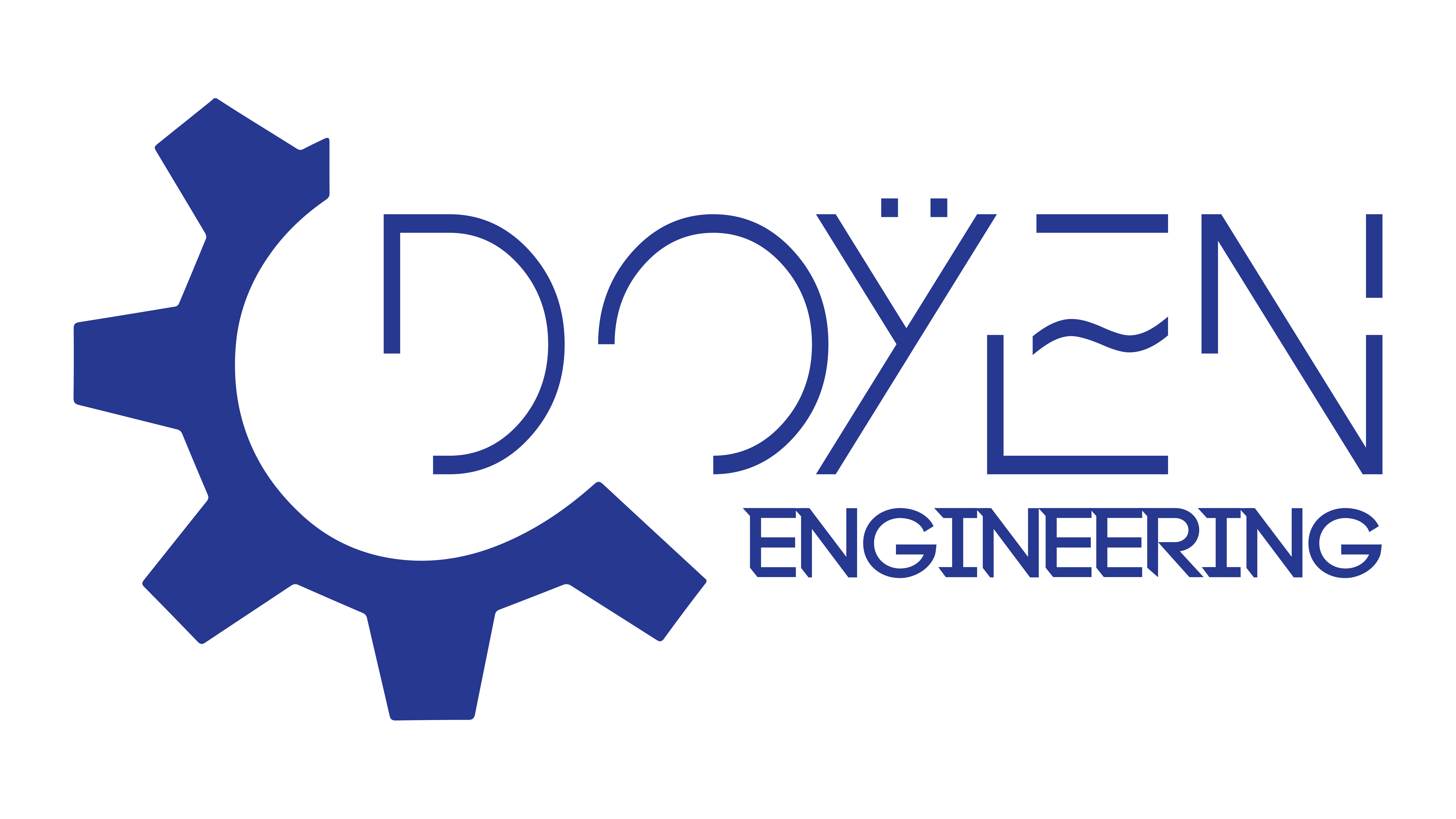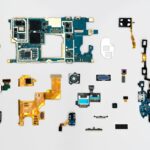
Introduction to PID Controllers
What is a PID Controller?
A PID controller, short for Proportional-Integral-Derivative controller, is a widely used control loop feedback mechanism essential in industrial control systems. Its purpose is to ensure systems operate at their desired setpoints despite fluctuations in external factors. This controller combines three distinct control actions, which work together to minimize the error between a desired target and the actual output. Imagine a thermostat maintaining your home’s temperature by adjusting the heating system; the PID controller continuously fine-tunes its actions to keep the environment stable and comfortable.
History of PID Controllers
The journey of PID controllers began in the early 20th century with contributions from various scientists and engineers. Their development was a response to the growing demand for automation and control in industries. Notable milestones include:
- 1922: Nicolas Minorsky proposed a three-term control algorithm in his work on ship steering.
- 1930: Harold Stephen Black invented the feedback amplifier, paving the way for more complex control systems.
- 1950s-60s: PID controllers became staples in industrial processes, especially with the rise of computer technology that allowed for sophisticated PID algorithms.
Through these advancements, the PID controller has evolved, becoming a fundamental component in automation, defining efficiency and precision in various applications. Today, its principles continue to shape modern engineering practices, from robotics to automotive systems.

Components of a PID Controller
Proportional (P) Term
Let’s dive into the essential components of a PID controller, starting with the Proportional (P) term. This term accounts for the present error, which is simply the difference between the desired setpoint and the current process variable.
- Functionality: The P term responds to the current error by producing an output that is proportional to that error.
- Example: Picture driving a car—the more you steer away from the desired lane, the more corrective steering you apply. This ensures a swift response.
However, relying solely on the Proportional term can lead to steady-state error, meaning it may not eliminate the error entirely.
Integral (I) Term
To address the shortcomings of the P term, we introduce the Integral (I) term. This component accumulates past errors over time, helping to eliminate any residual steady-state error.
- Functionality: It integrates the error over time, providing an output based on the total accumulated error.
- Example: Imagine your car’s navigation system; it not only reacts to your immediate position but adjusts based on your average speed and past turns to guide you more accurately.
Integrating these two terms allows the PID controller to respond proactively to both immediate and cumulative errors, enhancing overall system performance.

Understanding the Derivative (D) Term
Role of the Derivative Term
Now, let’s explore the third component of a PID controller: the Derivative (D) term. This term predicts future errors based on the rate of change, offering a kind of foresight that enhances the control mechanism.
- Functionality: By measuring how quickly the error is changing, the D term adjusts the output to counteract potential overshoot and instability.
- Example: Think of riding a bike; when approaching a curve, you instinctively adjust your speed based on how quickly you’re leaning. This preemptive action helps maintain balance.
By incorporating this predictive capability, the D term helps stabilize the system.
Effects of the Derivative Term
The impact of the Derivative term is significant in controlling system dynamics. Its primary effects include:
- Stability: It dampens oscillations and smooths the response, preventing the system from overshooting the setpoint.
- Response Time: The D term enhances the speed at which the controller responds to changes in the process variable.
However, too much reliance on the Derivative term can introduce noise sensitivity. Balancing all three terms—Proportional, Integral, and Derivative—ensures optimal performance while minimizing errors, creating a well-rounded control system that adapts effectively to real-time changes.

How PID Controllers Work
Feedback Loop Mechanism
Now that we’ve explored the individual components of PID controllers, it’s time to understand how they work together within a feedback loop mechanism. At its core, a PID controller constantly monitors the process variable, compares it to the desired setpoint, and calculates the error.
- Process Flow:
- Measurement of the current process variable.
- Calculation of the error between the actual and desired values.
- Application of the PID formula to adjust the system output.
This continuous cycle ensures that the system responds dynamically to changes, similar to adjusting the volume on a radio to maintain the perfect sound level.
Tuning PID Controllers
Tuning PID controllers is vital for achieving the best performance in any application. Properly setting the Proportional, Integral, and Derivative parameters can mean the difference between stability and chaos.
- Tuning Methods:
- Manual Tuning: Adjusting parameters by hand and observing system response.
- Ziegler-Nichols Method: A systematic approach based on the system's response to a step change.
- Software Tools: Utilizing simulation software that automates the tuning process.
Each method has its advantages, and choosing the right one often depends on the specific system dynamics and user expertise. Finding that sweet spot in tuning is like crafting a perfect blend of spices in a recipe; it takes time and experimentation, but the results are deeply rewarding.

Applications of PID Controllers
Industrial Automation
As we explore the versatile applications of PID controllers, it's crucial to highlight their significant role in industrial automation. Within factories and manufacturing plants, PID controllers help maintain processes such as temperature, pressure, and flow rate by providing precise control.
- Benefits in Industrial Automation:
- Efficiency: Increases overall production efficiency by minimizing fluctuations.
- Quality Control: Ensures consistent product quality by maintaining optimal conditions.
For instance, in a chemical processing plant, a PID controller may regulate the temperature of a reaction vessel, ensuring the right chemical reactions occur consistently.
Robotics and Motion Control
Moving beyond industrial setups, PID controllers are also indispensable in robotics and motion control systems. They contribute to the precise movement and positioning of robotic arms and automated vehicles.
- Functions in Robotics:
- Smooth Operations: Guarantees fluid motion without jerky movements.
- Adaptive Control: Helps robots adjust their actions based on real-time feedback.
Imagine a robotic arm assembling delicate electronic components; the PID controller ensures it moves with the perfect speed and accuracy, preventing damage and ensuring a flawless assembly process. Overall, PID controllers are the backbone of both industrial automation and advanced robotics, driving efficiency and precision across applications.





